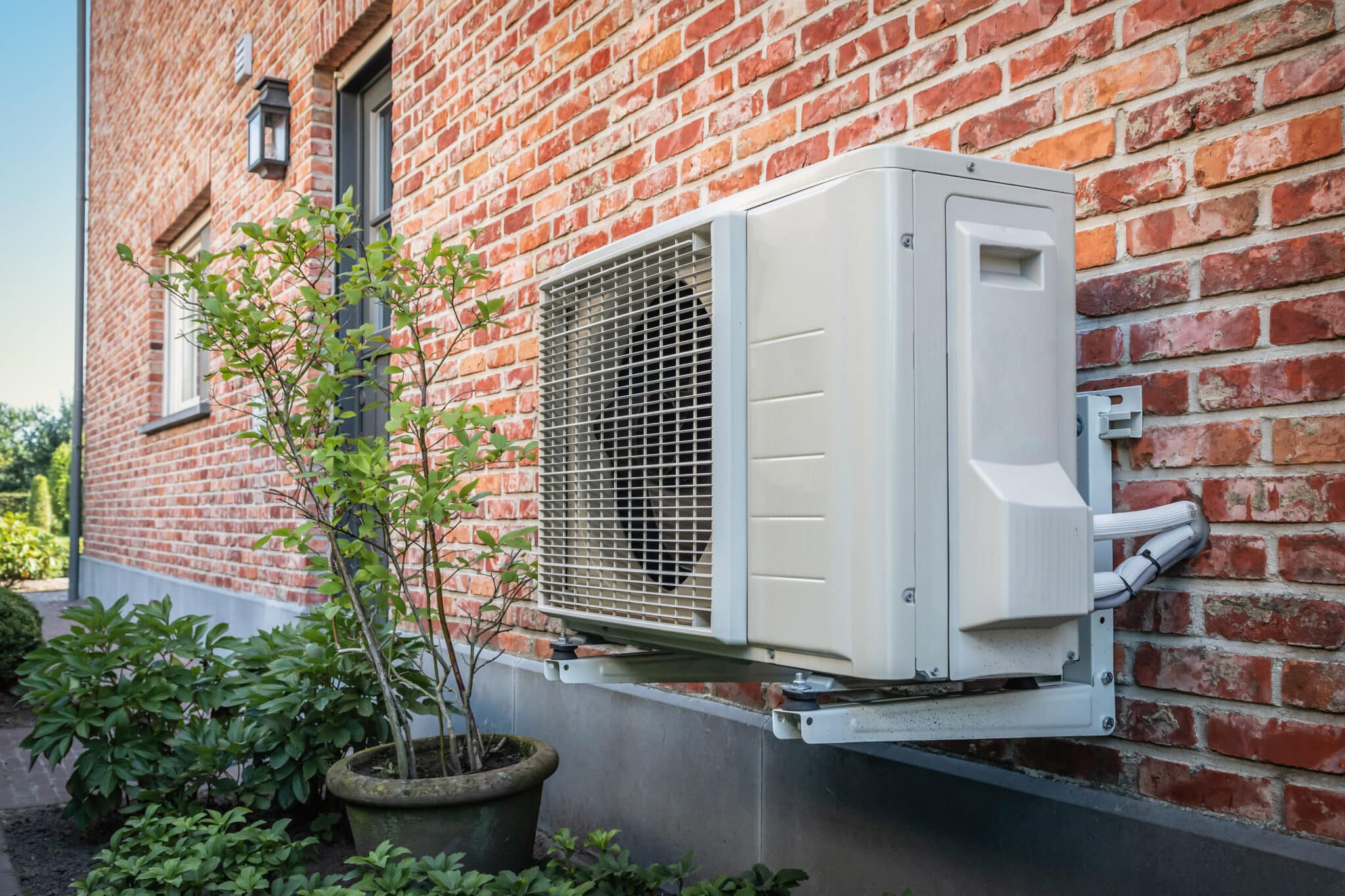Heat pumps have garnered significant attention in recent years due to their potential to provide energy-efficient heating and cooling solutions for homes. Understanding the science behind heat pump efficiency can help homeowners make informed decisions about their heating and cooling systems, potentially leading to substantial energy savings and reduced environmental impact. At the core of a heat pump’s operation is the principle of heat transfer. Unlike traditional heating systems that generate heat through combustion or electrical resistance, heat pumps transfer heat from one place to another. This process is made possible through the use of a refrigerant, a substance that can absorb and release heat as it changes states between liquid and gas. In heating mode, a heat pump extracts heat from the outside air even in cold weather or the ground and transfers it indoors. In cooling mode, the process is reversed, and the heat pump removes heat from the indoor air and releases it outside.

For instance, a heat pump with a COP of 4 can produce four units of heat for every unit of electricity consumed. This efficiency is what sets heat pumps apart from conventional heating systems, which typically have efficiencies less than 100% because they rely on burning fuel or using electrical resistance to generate heat. Several factors influence the efficiency of a heat pump. The first is the temperature difference between the heat source outside air or ground and the indoor space. The smaller this difference, the less work the heat pump efficiency chart has to do, and the more efficient it becomes. For instance, ground-source heat pumps, which draw heat from the relatively stable temperature of the ground, often achieve higher efficiencies than air-source heat pumps, especially in colder climates where the air temperature can drop significantly. Another critical factor is the design and installation of the heat pump system. Proper sizing of the heat pump to match the heating and cooling load of the home is essential. An undersized system will struggle to meet demand, running constantly and inefficiently, while an oversized system will cycle on and off too frequently, leading to wear and tear and reduced efficiency.
Additionally, the installation quality, including the sealing of ducts and the placement of the outdoor unit, plays a significant role in overall system performance. Modern heat pumps also come equipped with advanced features that enhance their efficiency. Variable-speed compressors, for example, can adjust the heat pump’s output to match the exact heating or cooling needs at any given moment, avoiding the energy waste associated with constant on-off cycling. Some systems also incorporate smart thermostats and other controls that optimize operation based on occupancy patterns and weather forecasts and learn more info in this website www.jnodenergy.com. For homeowners, understanding these aspects of heat pump efficiency can lead to better decision-making when it comes to selecting and maintaining their heating and cooling systems. Investing in a high-efficiency heat pump, ensuring proper installation, and taking advantage of modern features can result in significant energy savings and a reduced carbon footprint. Moreover, with the increasing emphasis on renewable energy and sustainability, heat pumps represent a forward-looking choice that aligns with broader environmental goals.
